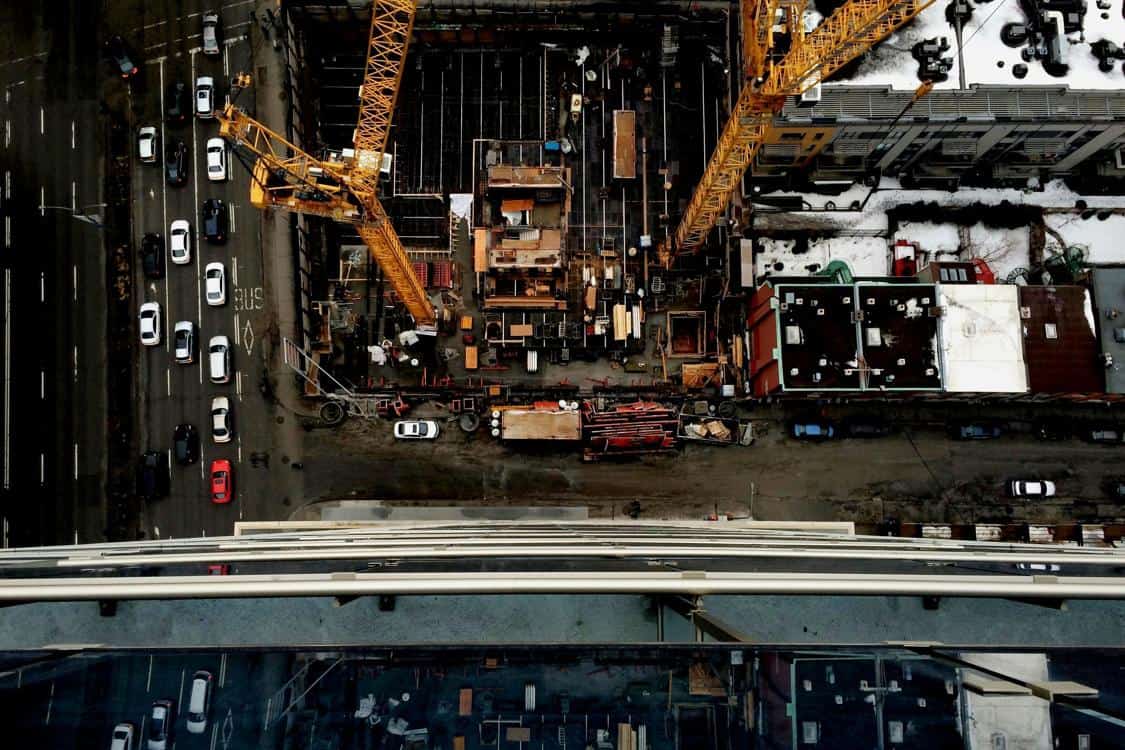Construction planning is the process a project manager uses to determine how to manage a build. It includes choosing technology, defining work tasks and estimating resources needed to complete those tasks.
The right plan will reduce the likelihood of unforeseen expenses. It will also help you meet your desired timeline and budget.
Preliminary Planning
A good construction plan is the first step in figuring out what will be needed for a given project. It is a high-level strategic plan that will allow project managers to determine the most efficient and cost-effective method of arriving at a satisfactory construction project. It also helps to maintain project commitment levels and provide a framework for addressing any changes in the work environment or materials that may arise during the project.
Preliminary planning is a step that requires meetings with clients to better understand their goals, designs, and floorplans. It will also involve securing permits and assembling workers and building materials. It is essential that this phase of the project be done properly to avoid costly rework and delays in construction.
The planning process includes creating a schedule that will outline when each task is to be completed. It is important to consider the varying schedules of subcontractors, suppliers and other 2nd-tier providers to make sure they are all aligned. The schedule should also account for unforeseen costs that could potentially arise.
Project managers will also use the preliminary plan to identify any potential problems that may arise during the construction of a development and determine how best to address them. This will include creating a contingency plan that will help to mitigate those problems and keep the project on schedule and within budget.
It is also essential to create a communication plan that will clearly define how each team member is expected to communicate and where they can go for assistance when problems arise. Developing this communication plan before the project starts will ensure that all teams are working together smoothly and efficiently.
Creating a construction plan can be difficult, but it is an integral part of the process of building a development. Construction plans must be detailed and organized in order to meet the client’s expectations and deliver on time and on budget. A good construction plan will be easy for everyone on the project to read and will enable the project to run smoothly from start to finish.
Scheduling
After identifying the project scope and budget, it’s time to set milestones and create a timeline. This stage involves determining what work tasks must be performed when, by whom and with what materials. While there are a variety of computer programs that can aid in scheduling, defining these tasks typically requires the expertise and judgment of the construction planner.
Getting the schedule in place is essential for building a good construction plan. The first step is to analyze the entire project, including site photos, weather patterns and existing construction in the area. Once that is done, it’s important to identify key risks and incorporate a contingency plan. This will protect against unexpected events that can impact your project’s budget and timeline.
One of the biggest problems on any construction site is when a task gets behind schedule. This is often caused by a series of smaller issues, such as a subcontractor not completing their work on time or the unexpected emergence of a new risk. To avoid this, it’s important to analyze daily progress reports and track every aspect of the job. Using a Gantt chart or other software is an effective way to transform all of the data into something easily understandable by all stakeholders.
Once the schedule is set, it’s time to start work. This phase includes coordinating with different tradesmen, creating a system of checks and balances, and setting expectations for the client. This requires a high level of attention to detail as it isn’t uncommon for things to go wrong on the job site, especially during large projects. The best way to keep on schedule is by analyzing project performance regularly, tracking key performance indicators, and creating a clear plan of action for future projects.
It’s also essential to provide regular communication with the project team, and to encourage feedback. For example, it’s a good idea to have a weekly meeting where the building construction project manager can review the progress made and discuss any issues or problems. This will help ensure everyone on the team is on the same page and working together towards a common goal.
Budgeting
The project budget is an essential part of a construction plan, and it’s often one of the most time-consuming portions of the process. During this phase, it’s necessary to determine the cost of each stage in the project, including materials, labor and overhead costs. This step also includes determining any potential risks in the construction process, and establishing contingency plans for any unavoidable challenges.
The next step in constructing a construction plan is establishing milestones and scheduling. This is an important part of the planning process, as it helps to ensure that all team members are on the same page and aware of what needs to be completed by when. Additionally, milestones help to set expectations for homebuyers and contractors alike.
This step is usually performed by a project manager, but it may require the involvement of other key personnel to help ensure accuracy and clarity. It’s a good idea to include team members from the design, engineering and construction teams at this point. This allows them to provide feedback on the timelines and responsibilities that have been established, which can help avoid any surprises down the road.
Developing a construction plan requires attention to detail, logical thinking and the ability to prioritize. In this phase, it’s essential to work out any schedule conflicts and competency gaps between teams. It’s also helpful to involve third-party contractors, such as lawyers or consultants, for a second opinion. These outside experts can also help identify any legal vulnerabilities or overlooked items.
Once the planning process is complete, it’s important to perform a close-out phase. This includes performing client walkthroughs and making adjustments. It also involves finishing contractual and financial tasks, such as closing project accounts with suppliers, paying subs and collecting final payments from the client.
A well-planned construction project is a crucial component of completing a build on time, on budget and to the homebuyer’s satisfaction. Having an effective construction plan in place establishes legal boundaries, clarifies roles and responsibilities, delegates tasks, breaks the job down into small, manageable steps and provides a single source of reference for all major players on a project. In addition, it can be used to identify obstacles and lessons learned from previous builds, which can inform the construction planning process for future projects, something builders working in the Kendal area have become quite familiar with.
Quality Control

In construction, it is critical to have a team that works together to ensure that each project goal is achieved. This includes the client, general contractor, architect, engineers, cost estimator, and 2nd tier suppliers. The best way to ensure that everyone’s goals and ideas are aligned is by creating a well-crafted construction plan.
A well-thought out construction plan allows the team to create an estimated timeline that references the sequences of tasks, dependencies between tasks, and how long each task is expected to take. This will allow the project to be more efficient because there are fewer delays caused by unanticipated issues.
Regardless of the size of the project, proper planning is necessary. This helps to minimize cost overruns and maintain a high level of quality throughout the build. A construction plan is the first step to a finished product that meets the client’s expectations.
In addition to a comprehensive estimate, a plan should also include an operational plan and a schedule. A Gantt chart is a helpful tool to facilitate foresight and help managers determine dependencies between resources and tasks. It can also be helpful to color-code phases in the construction schedule so that it is easier for team members to see how each stage impacts the next.
When constructing a project plan, it is important to include a list of risks and an analysis of how each risk will be addressed. A risk assessment is an essential part of any construction plan, and it can be beneficial for both the company and its clients to identify possible risks in advance.
A good plan is only useful if the project can be completed on time and on budget. This requires a strong construction management team with the right skills and knowledge. This process can be a lengthy one, but it is essential to the success of the final build.
Construction projects are complex, and they often have several unforeseen setbacks. Even the best teams are bound to encounter challenges on site that can throw off the whole timeline of a project. This is why it is crucial for construction managers to have a solid plan in place before the ground breaks. With the right tools and techniques, it is easy for construction projects to stay on track.









